As I stood on the rocks at the edge of the cliff, breathing in the salty air of the Pacific Ocean, I could sense the wind blowing in my hair and against my skin. With my being, I sensed the magnitude of the waves, the vastness of the ocean, the solidity of the rocks under me, the unending blue of the sky and something within me recognized the insignificance of humanity. I, like my fellow human beings, am but one minute grain of sand, lying on one tiny beach in the great expanse of the universe. I realized in this moment that I was in awe of nature, of the immense world and universe that we live in. I felt content as I knew my place as a living being in the way of things.
Nothing like a good dose of Nature to get you out of your drama of human self-importance. This was my experience as I was on vacation this past weeks in the area where I lived in and went to university in my 20s, California. It is a special place, where the elements - Wood, Fire, Earth, Metal and Water come together in an intense mixture of generative-destructive-regenerative energy yet pieced together harmoniously to create a blossoming, fertile place. By the way, when I speak of the themes of life-death-rebirth, I often hear a voice say, "Circle of Life," which was a song by Elton John and Tim Rice featured in the Disney movie The Lion King, that was made in California ;-). Over the past years, I have become more informed geologically of our Earth and have come to realize why there is a draw for me as a human being, among millions of others, to California. Back in the day when I lived there as a student, I never really questioned why or what attracted me there, except that places like San Francisco were centers of culture, learning, thought, ideas, industry and commerce. But let's forget about the cities of California, these are made by the hands of humanity, with the illusion that they are great and will withstand the powers of Nature. Now, 20 years later, with the healthy distance of space and time, I have come to understand that it was the strong interaction of the Elements that drew me to live there for a time.
California lies along the Pacific Ring of Fire, as does the whole of the Western coast of North, Central and South America, the islands on the Pacific, like Tonga, Japan, Taiwan, Philippines, Indonesia, parts of Russian like the Kamchatka Peninsula and parts of Antarctica. These areas have high amounts of earthquakes and volcano eruptions occurring very regularly since millennia; still regularly moves and erupts. California is no exception to this. It is probably this deep movement and power of the Earth that draws humans to live in this area, as it inspires not only a creativity as well as a fertility in the land and ocean but also within our beings. Ideas and inventions sprout out of these areas like weeds; think tech firms like Google, the film industry of Hollywood, Disneyland and numerous other products/ ideas that have shaped our modern world. Once you become aware of the geology of California, you realize it is only a matter of time that all its "great" and wonderful cities will crumble like dust, when the San Andreas Fault cracks open further with the next great earthquake. I imagine what brought me there over 20 years ago was this power - to experience it, create with it and to grow from it.
As I return here to Switzerland, Nature is still very present; just a little calmer, subtler and narrower. As the Nature there in California shapes its people, so does it here in Switzerland. The movement of the water here is calmer, as in the many lakes, inspires slower, tranquil, containing energy, with less impulses to quick changes. Maybe I was drawn here too as I was to California, to learn this way of being as well.
Photo by Elaine

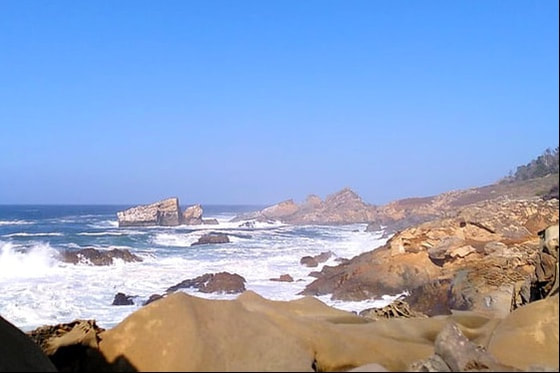
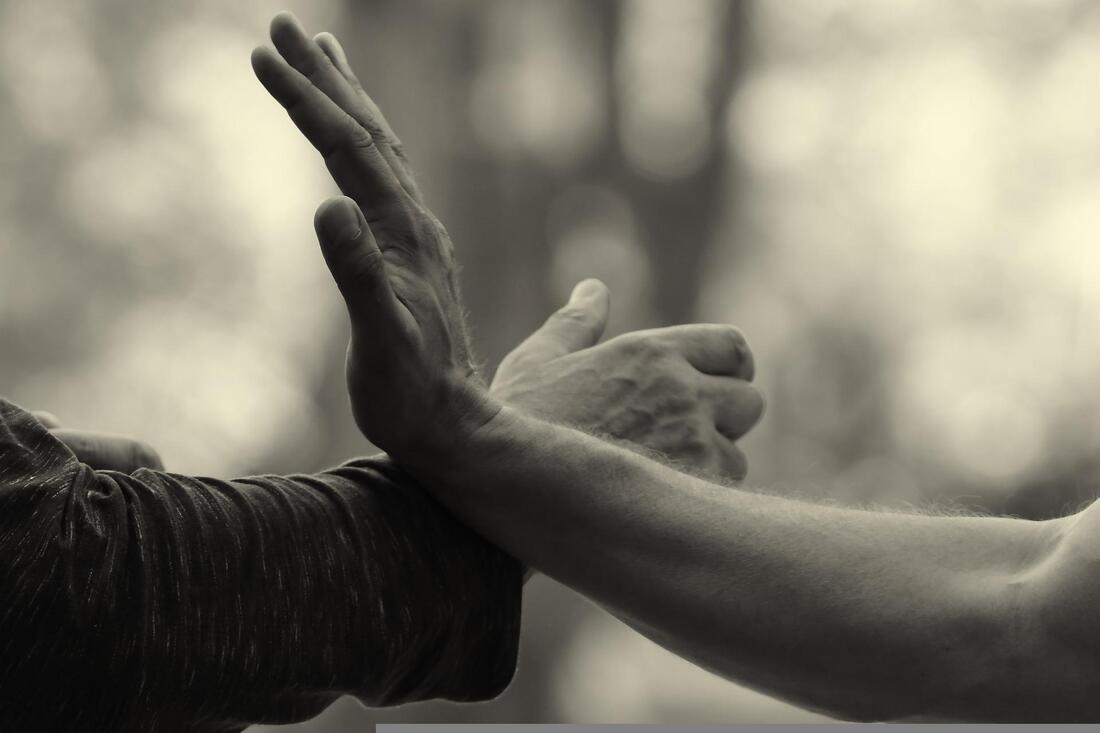
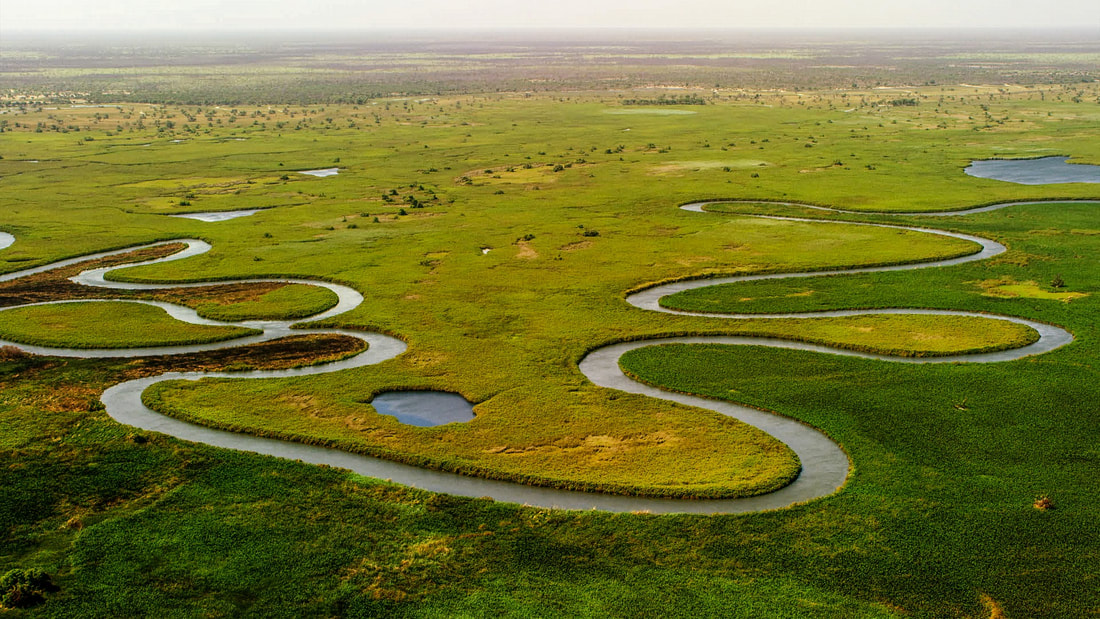
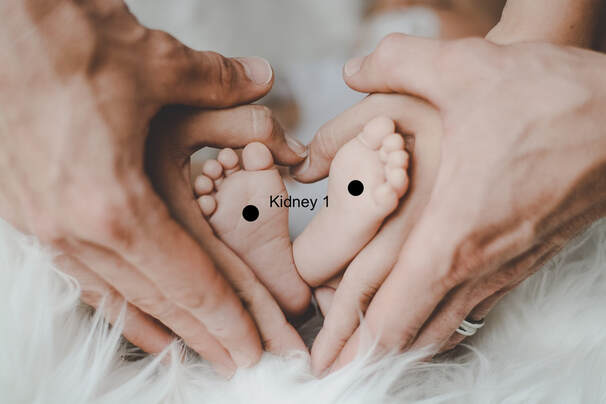
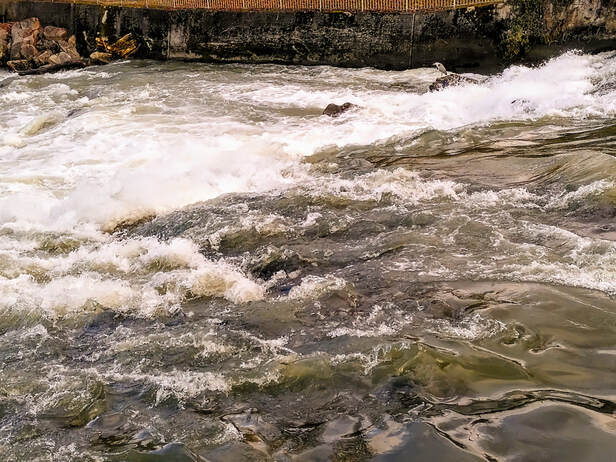
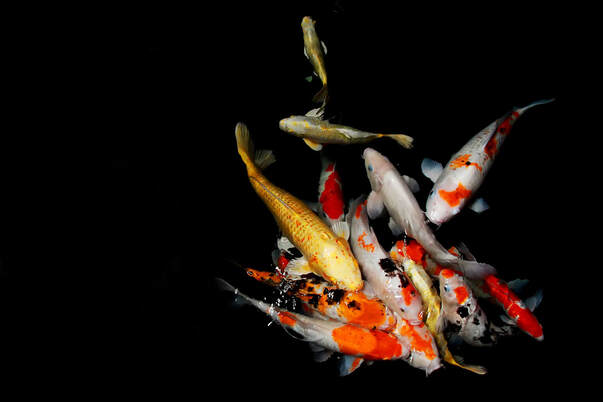
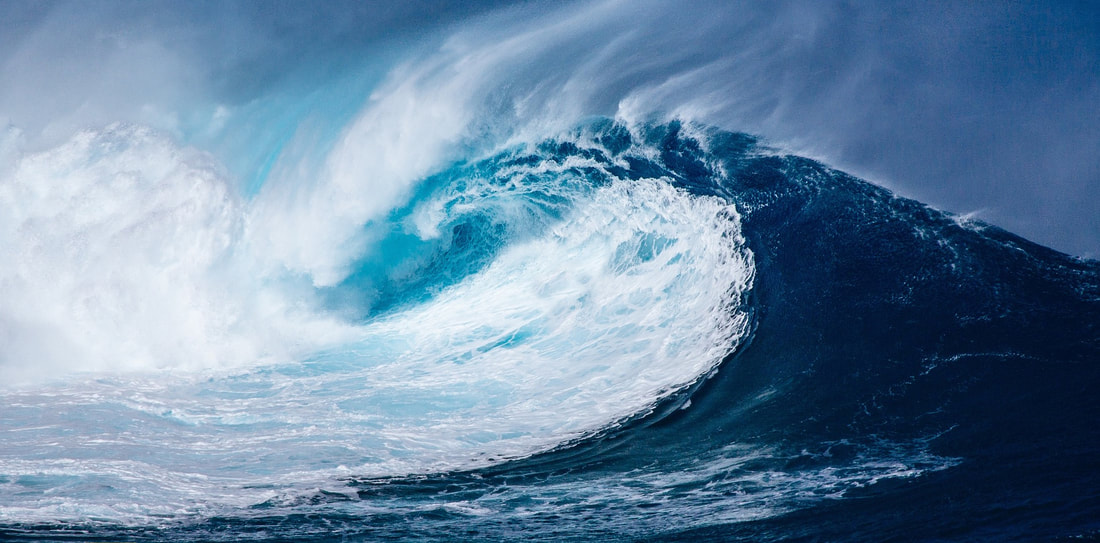
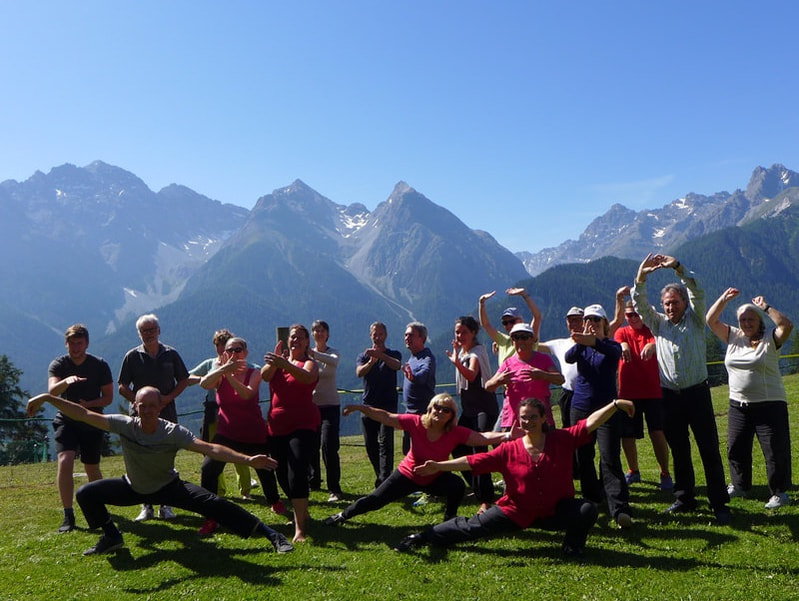
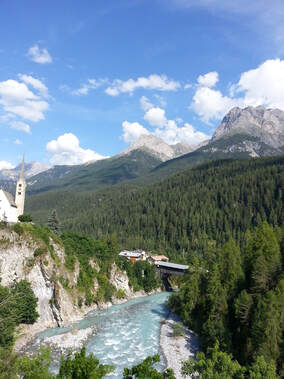
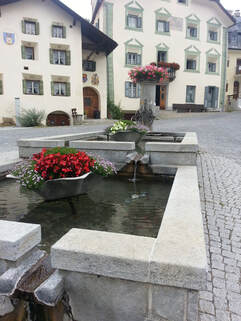
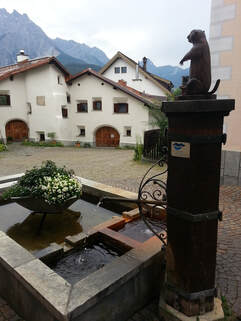
 RSS Feed
RSS Feed